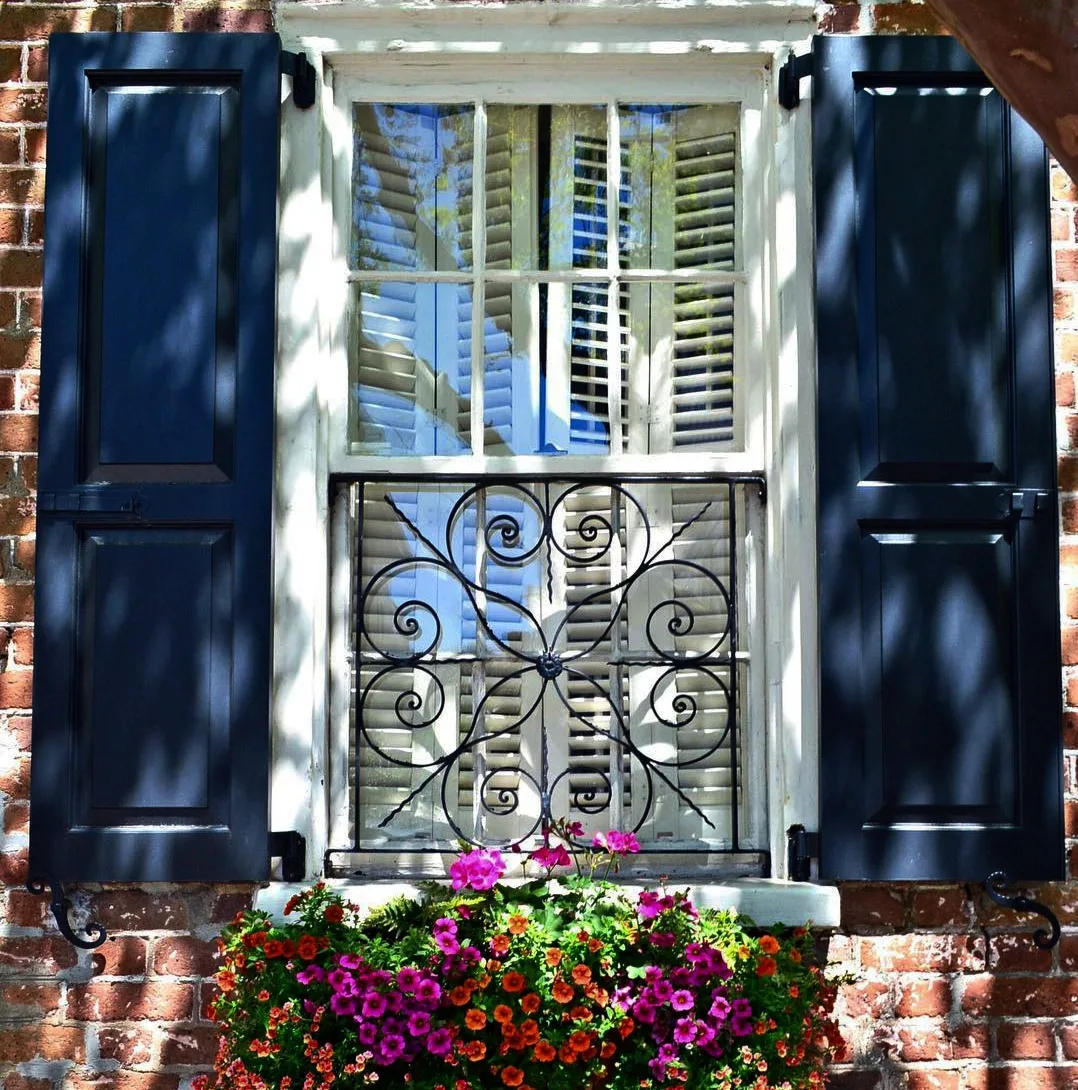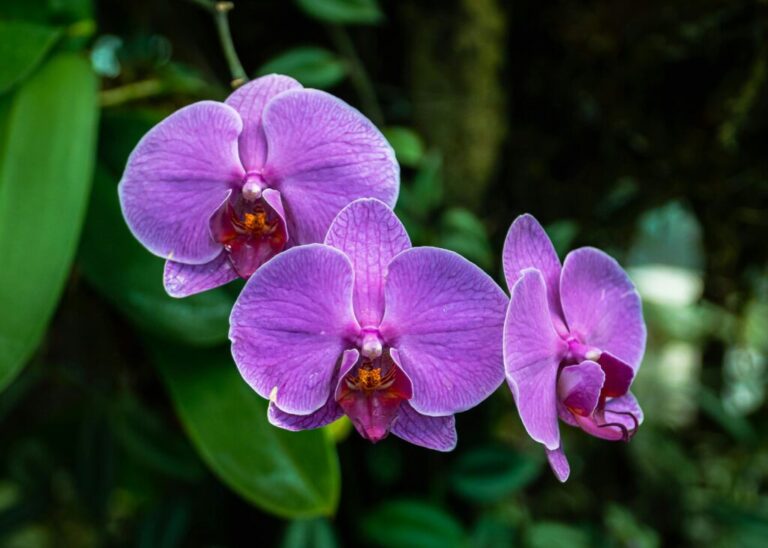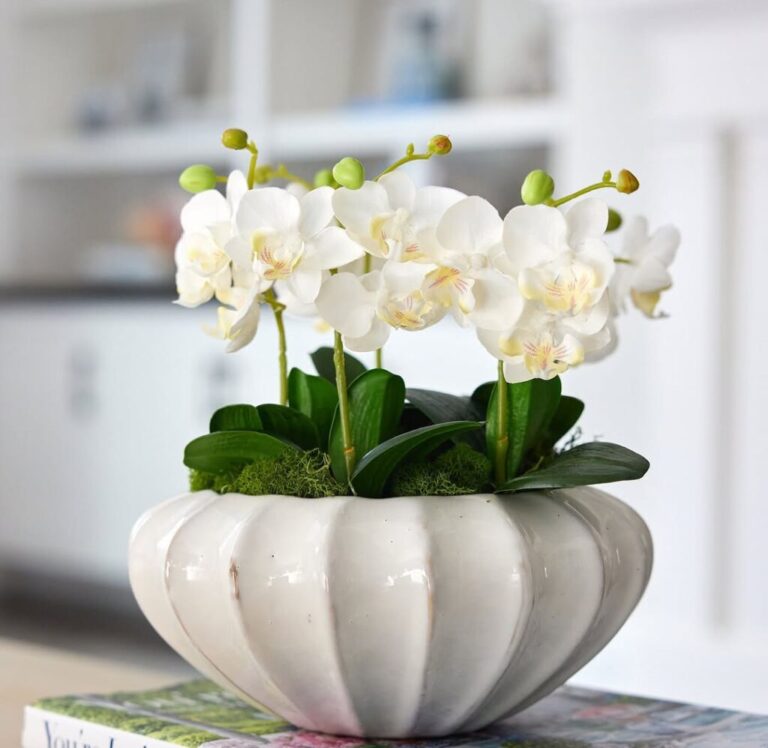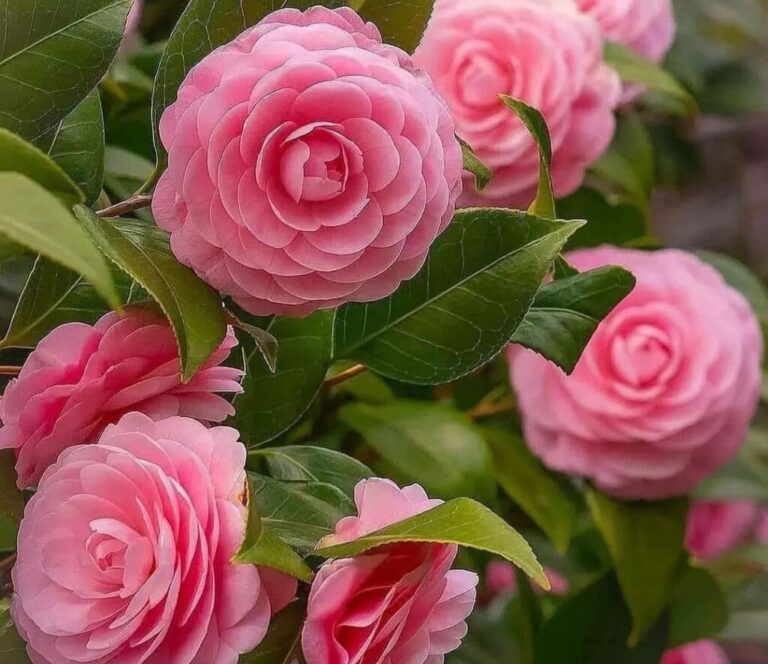Window boxes are a fantastic way to add greenery and colour to your home, especially if you’re short on garden space. They’re versatile, customisable, and can enhance your windows, sidewalks, or balconies. By combining the right plants with proper care, you can create a stunning display that will thrive in any season. In this guide, we’ll cover everything you need to know about setting up and planting a beautiful window box, as well as the best plants to use.

How to Plant a Window Box
A successful window box starts with proper preparation and planting techniques. With a little planning and care, you’ll have a thriving arrangement that enhances your home’s charm. Follow these steps to set up your window box like a pro:
Step 1: Choose the Right Box
The material, size, and placement of your window box can significantly impact its success. Opt for a sturdy box made from durable materials such as hardwood, metal, or terracotta. Lightweight options like pine may degrade quickly, especially in harsh weather conditions.
Select a size appropriate for your space, ensuring it will fit securely on your chosen surface. Keep in mind that a fully planted box can become heavy with soil and water, so secure it properly to avoid accidents. Drainage holes are essential to prevent water from pooling at the bottom, as excessive moisture can damage plant roots.
Step 2: Add the Soil
High-quality potting soil is crucial for window boxes, as it provides better aeration and water retention than garden soil. Fill the box halfway with potting soil, allowing space for plants and adjustments. The soil should be loose and well-draining to support healthy root development.
Step 3: Arrange Your Plants
Before planting, arrange your plants on the surface to visualise the final look. To give them space to grow, place them a few inches apart. Overcrowding not only restricts airflow but can also lead to competition for nutrients. Once positioned, add soil around the roots, filling any gaps, and gently press down to secure the plants in place.
Step 4: Water and Maintain
After planting, water thoroughly to help the soil settle and the plants adjust. Since window boxes dry out faster than ground soil, it’s important to check moisture levels daily, especially during hot weather. Fertilise every 2–4 weeks with a balanced liquid fertiliser to keep your plants thriving and blooming.
Best Plants for Window Boxes
When selecting plants for your window box, consider their light and water requirements to ensure they can grow well together. Here are some top choices to inspire your design:
1. Flowers
Flowers are the most popular choice for window boxes, adding vibrant colours and delightful scents to your space. For sunny spots, petunias are a classic favourite with their cascading blooms that create a lively, overflowing effect. Hardy geraniums are perfect for warm climates, offering long-lasting colour, while pansies bring a cheerful charm to cooler weather and partial shade.
2. Herbs
A window box filled with herbs is not only beautiful but also practical for your kitchen. Sun-loving basil thrives in warm conditions and pairs wonderfully with homegrown tomatoes. Hardy parsley is versatile and can grow in both sun and shade, making it a great choice for most locations. Aromatic thyme, with its tiny leaves and robust scent, is another excellent addition that requires minimal maintenance.
3. Trailing Plants
For a dramatic look, trailing plants spill over the edges of your window box, softening its lines and adding texture. Sweet potato vine offers lush, colourful foliage in shades of green or purple. Classic ivy creates a timeless cascading effect, while bacopa’s delicate white blooms are perfect for shaded areas.
4. Succulents
If you’re looking for a low-maintenance option, succulents are ideal for dry, sunny conditions. Sedum varieties are easy to care for and come in a range of colours and textures, while echeveria offers compact, sculptural beauty that adds a modern touch to any arrangement.
Tips for a Thriving Window Box
To keep your window box looking its best, rotate plants seasonally to maintain freshness and variety. Regular pruning is essential to remove dead flowers and prevent overgrowth, ensuring a tidy appearance. A thin layer of mulch can also help retain moisture and suppress weeds, reducing the time you spend on maintenance.
Window boxes are an easy yet effective method to improve the outside of your house. Whether you prefer colourful flowers, aromatic herbs, or lush greenery, the possibilities are endless. With a little creativity and care, your window box can become a stunning display that adds life and beauty to your living space.
FAQS
What are window boxes?
Window boxes are small, rectangular planters designed to sit on windowsills, railings, or balconies. They allow you to grow flowers, herbs, and other plants in limited spaces, adding beauty and greenery to your home’s exterior.
Which materials work best for window boxes?
The best materials depend on your needs: Wood (Hardwood): Durable and attractive but may require sealing to prevent weather damage. Metal: Sturdy and sleek, but it may rust without proper treatment. Terracotta or Ceramic: Aesthetic but heavier and prone to cracking in cold weather. Plastic or Resin: Lightweight, weather-resistant, and cost-effective.
Do I need drainage holes in my window box?
Yes, drainage holes are essential to prevent water from pooling in the box, which can lead to root rot. Ensure that your box allows excess water to escape easily.
How often should I water my window box plants?
Window box plants usually dry out faster than in-ground plants, so check them daily. When the top inch of soil seems dry, water. You might need to water more frequently—possibly once or twice a day—in hotter conditions
What kinds of plants thrive in window boxes?
Popular choices include:Flowers: Petunias, geraniums, and pansies. Herbs: Basil, parsley, and thyme. Trailing Plants: Sweet potato vine, ivy, and bacopa. Succulents: Sedum and echeveria.
Can I use a window box in a shaded area?
Yes! Choose shade-loving plants like ferns, impatiens, or begonias for low-light conditions. Herbs like parsley and mint can also thrive in partial shade.
How do I keep my window box plants healthy?
Water consistently to maintain moisture.
Use a high-quality potting mix.Use a balanced fertiliser and fertilise every two to four weeks. Prune dead leaves and flowers to encourage growth.
How can a window box be secured?
Use sturdy brackets or mounts specifically designed for window boxes. Ensure they are firmly attached to your windowsill, balcony railing, or wall to support the weight of the box, soil, and plants.
Can I use a window box to grow vegetables?
Yes! Many compact vegetables grow well in window boxes, such as cherry tomatoes, lettuce, radishes, and herbs. Ensure the box receives enough sunlight and has adequate depth for the plant roots.
How do I winterize my window box?
Remove dead plants and clean out the box.
If the box is not frost-proof, store it indoors during winter.
For hardy plants, add mulch or burlap for insulation.








